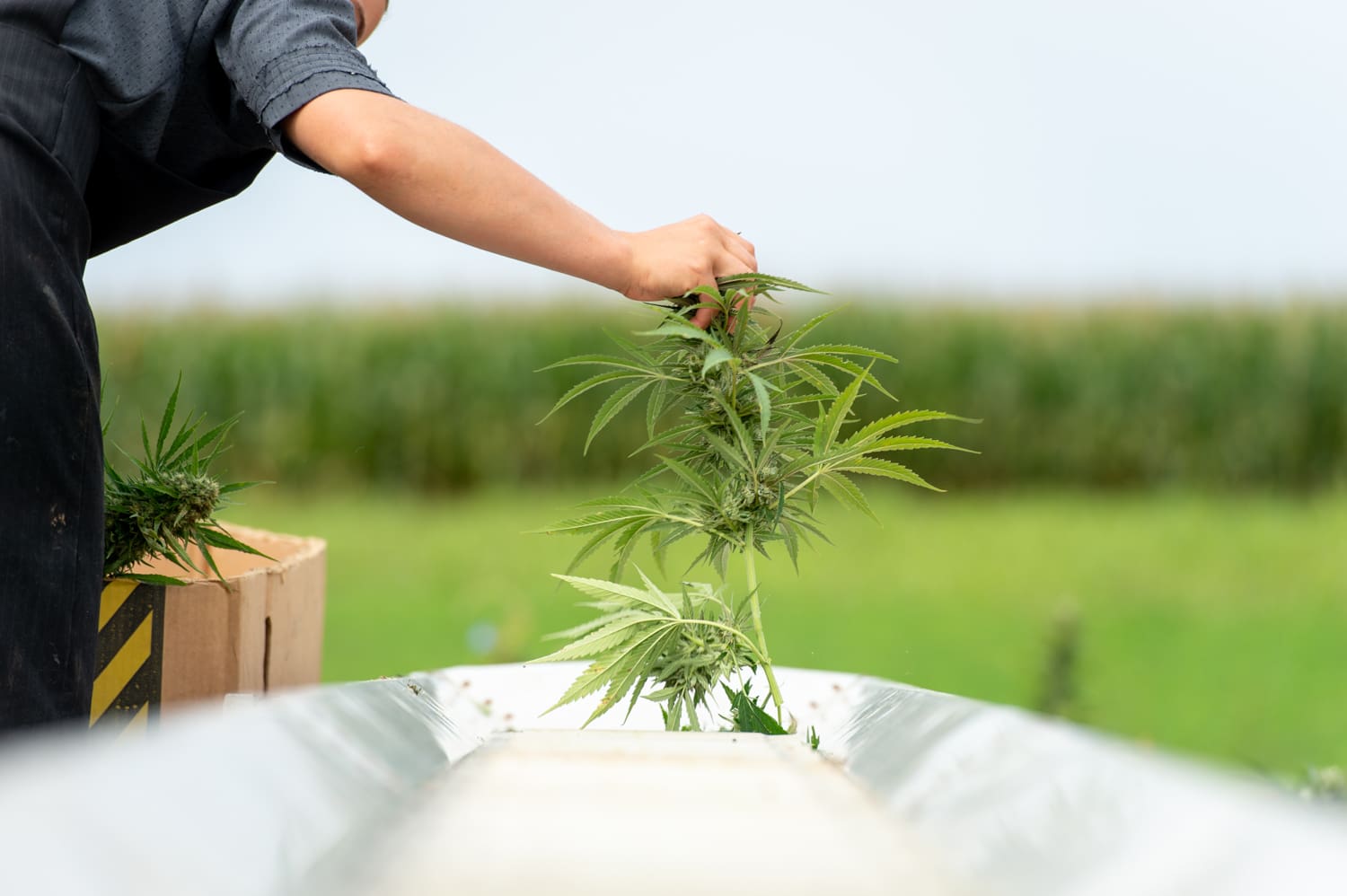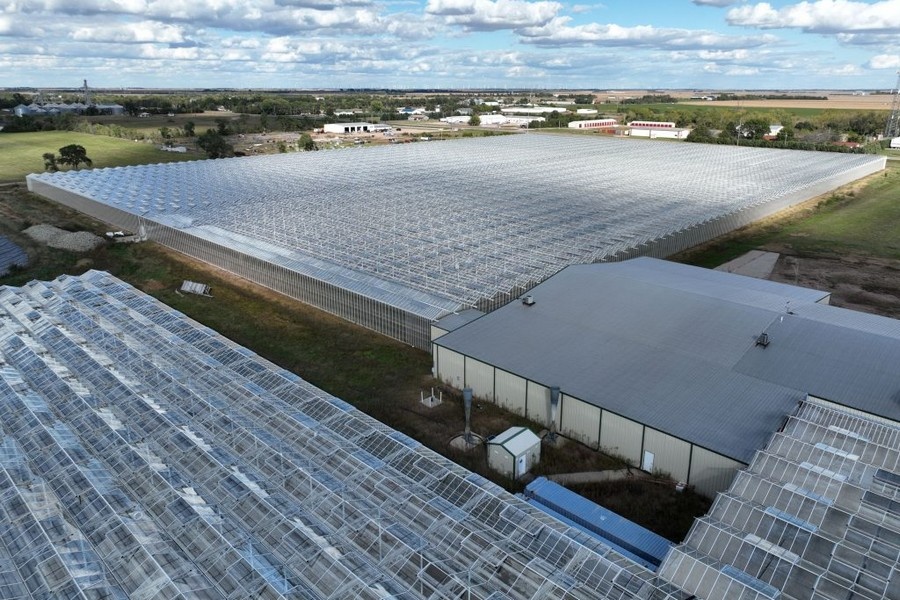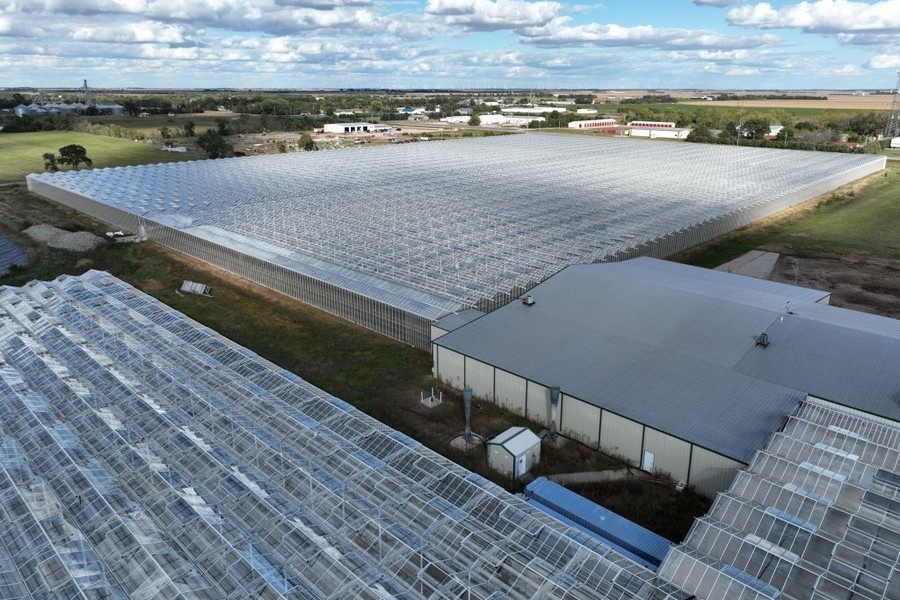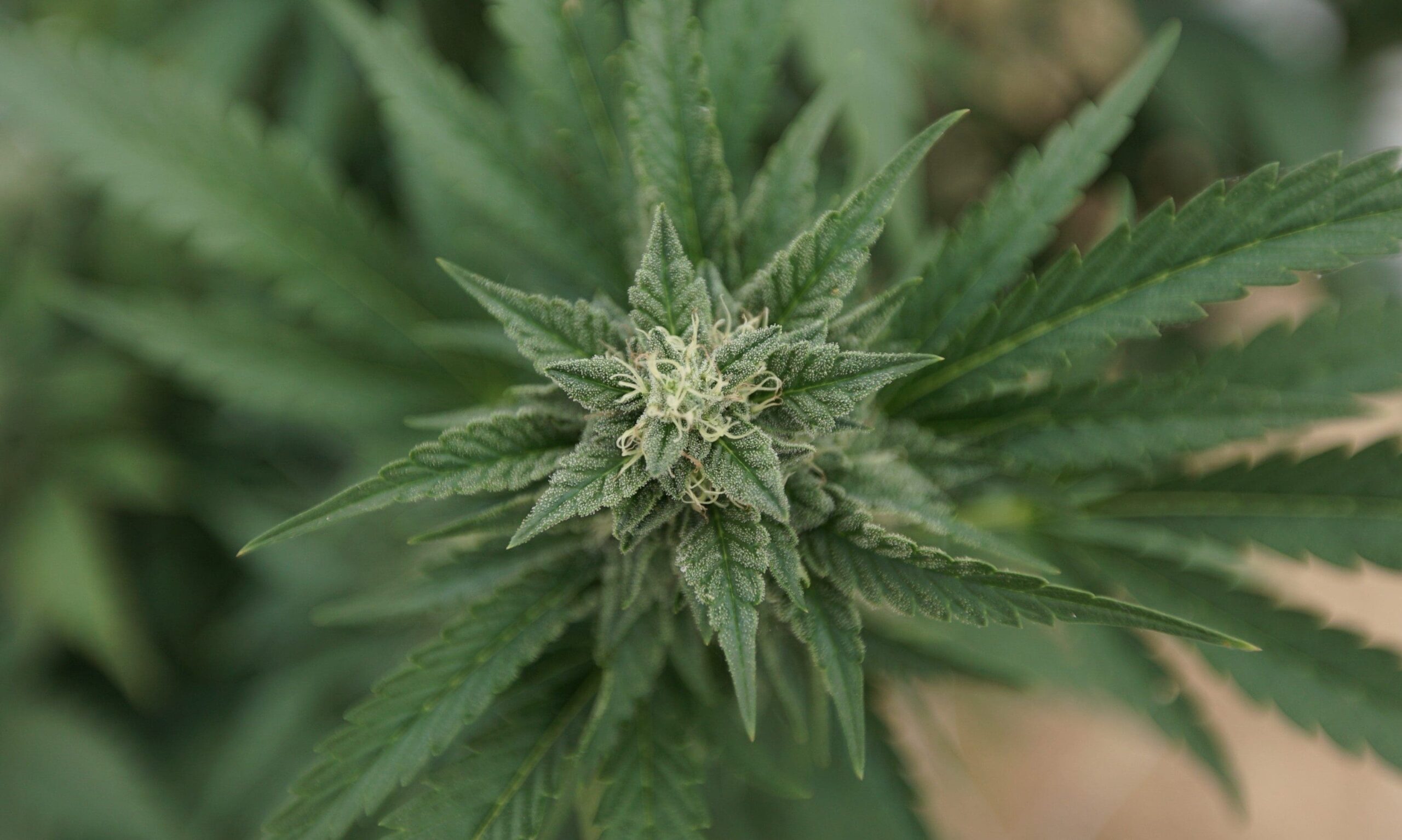“The enabling legislation does not provide for any responsible hemp consumable products program.”
By Anna Barrett, Alabama Reflector
Alabama’s Alcoholic Beverage Control (ABC) Board on Thursday approved an emergency temporary rule governing the sale of consumable hemp products, against a state representative who sponsored the law pushing for the regulation.
The rule creates the Responsible Hemp Consumer Product Program and establishes warnings and fees for violations of the rule.
David Peacock, general counsel of the ABC Board, told board members that for the first violation of the rule, retailers would receive a warning and distributors would be fined $1,000 on the first offense for selling a product not approved by the board.
“If the distributor were to purchase a product from a supplier that was a second time infringer, they would not be able to use that supplier unless they provide us with a corrective action plan that we accept,” Peacock said.
Peacock did not say which products would be banned or allowed, but there would be a list of products posted on the ABC Council website.
Peacock said the rule is required under HB 445, which passed the Legislature this spring from Rep. Andy Whitt, R-Harvest. The law that will enter into force on January 1 Requires testing and labeling of all THC consumable hemp products and caps 10 milligrams per individually wrapped product and 40 milligrams per package.
Additionally, the ABC Board requires licensing of retailers of these products; restrict retail establishments that sell hemp products and impose an excise tax on consumable hemp products. In October, the ABC Board approved a rule to implement the law.
The emergency rule was approved 2-1 with former state representative John Knight, a board member, voting against.
“I’m only against it because I have a problem with the way it’s done,” Knight said.
Whitt, who did not attend Thursday’s meeting, sent a letter to the commission on Wednesday stating his opposition to the emergency rule.
“Besides the concern about the failure to comply with the statutory guidelines for emergency regulations, there are other areas in the proposal that I am concerned about,” the letter said. “Nowhere in the enabling legislation does it provide for a responsible hemp product program, such as that authorized by Alabama Code Section 28-10-4 in connection with alcoholic beverages. Therefore, this proposed regulation appears to go beyond statutory authority.”
Whitt said in an interview Thursday afternoon that he had a good relationship with management, but reiterated his opposition to the rule.
“I think when it comes to emergency rulings, maybe it serves a different purpose than what’s transparent, maybe a stand-alone group,” he said. “I want to make sure it’s not and that the legislative process works.”
Curtis Stewart, the commission’s administrator, explained that the intent of the rule is to protect merchants.
“I think it’s important to remember that this rule doesn’t penalize, it doesn’t make anything more difficult for anybody. In fact, it gives the innocent, if you will, the merchant, a way to say, ‘Look, I tried my best to provide quality products,'” Stewart said.
Donna Alexander, executive director of the Alabama Wholesale Beer Association, spoke against the rule at the meeting.
“This emergency rule does not comply with the law passed by the Legislature sponsored by Rep. Andy Whitt,” Alexander said in an interview after the meeting.
Whitt wrote in his letter that the rule had more serious implications than the original bill.
“The penalties for violations of the proposed Emergency Rule do not match those found in the protected statute, but start at a lower level. Again, this is a serious concern,” Whitt wrote.
The rule will expire on April 16. The process for adopting the permanent version of the rule passed the board unanimously. The permanent version will be available for public comments and changes before final voting and implementation.
Melissa Morrissette, a board member, said the emergency rule was needed to protect retailers and consumers until the process for a permanent rule can take place.
“After Jan. 1, you have this window of time that’s like the Wild West,” Morrissett said.
Whitt said he doesn’t anticipate repeal legislation during the 2026 legislative session, which begins Jan. 13.
This story was first published by the Alabama Reflector.
Max Jackson’s photo.


 Cannabis News4 months ago
Cannabis News4 months ago
 Florida4 months ago
Florida4 months ago
 Canadian Cannabis News4 months ago
Canadian Cannabis News4 months ago
 Best Practices4 months ago
Best Practices4 months ago
 Video4 months ago
Video4 months ago
 Video4 months ago
Video4 months ago
 Cannabis News4 months ago
Cannabis News4 months ago
 aawh4 months ago
aawh4 months ago

















